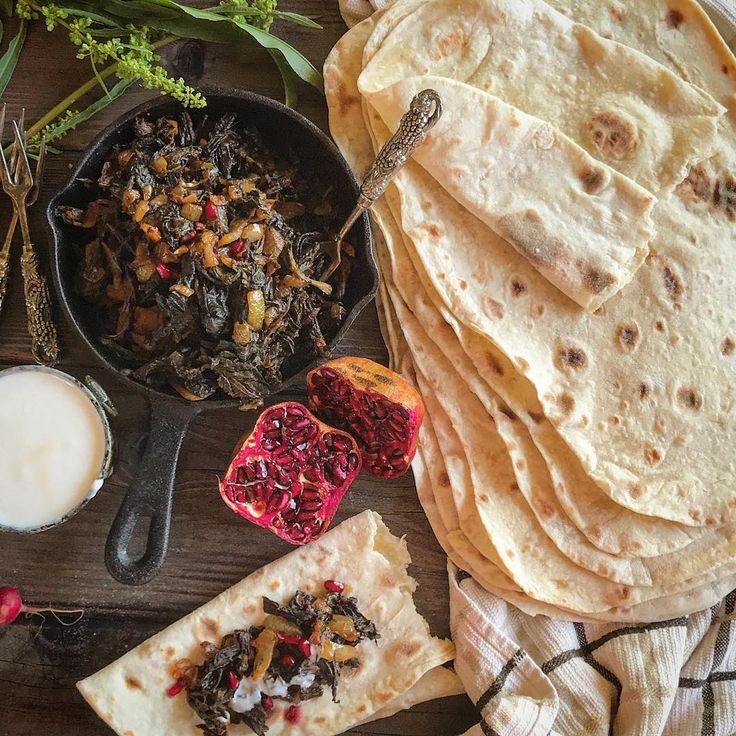Sweet Indulgences: Exploring Armenian Desserts
Explore Armenian desserts: gata, pakhlava, churchkhela, and more sweet delights.


Armenian cuisine is known for its rich flavors, deep history, and strong cultural roots. When it comes to desserts, Armenia offers a variety of sweet treats that reflect its diverse influences, from Middle Eastern and Mediterranean to Russian and Persian. Whether enjoyed during festive events or as part of daily life, Armenian desserts tell stories of culture, hospitality, and love.
1. Gata – The Symbol of Sweetness
One of the most beloved Armenian desserts is gata, a flaky, buttery pastry with a sweet filling made of sugar, flour, and butter. Gata comes in many regional variations, some with elaborate designs on top, while others are simpler, round loaves. It is often associated with good luck and is traditionally served during weddings and special celebrations.

2. Pakhlava – Armenia’s Take on Baklava
Armenian pakhlava is a close cousin to the famous baklava. Made with layers of thin dough, honey or syrup, and a rich walnut filling, this dessert is a staple during New Year’s celebrations and religious holidays. Unlike other variations of baklava, Armenian pakhlava often includes spices like cinnamon and cloves for a unique, warm flavor.

3. Churchkhela (Sharan) – The Natural Energy Bar
Known as sharan in Armenia, this traditional candy is made by dipping strings of walnuts into thickened grape juice (must), then drying them until they form a chewy, sweet coating. Packed with natural sugars and nutrients, churchkhela is a favorite snack, particularly among travelers and hikers.

4. Anoush Abour – The Sweet Porridge of Celebration
Meaning "sweet soup," anoush abour is a thick, creamy dessert made from wheat, dried fruits, nuts, and honey. Traditionally prepared for Christmas and New Year’s, this dish symbolizes prosperity and hope for the coming year. It is often topped with pomegranate seeds, adding both a tangy contrast and cultural significance, as pomegranates are a national symbol of Armenia.
:max_bytes(150000):strip_icc():format(webp)/Anoush-Abour-Noahs-Pudding-XL-RECIPE1222-9d33f110d5c440a49b5fc359bfc1a187.jpg)
5. Apricot Jam – Armenia’s Golden Delight
Armenia is known for its sweet and flavorful apricots, which are often turned into rich jams and preserves. Apricot jam is typically served with fresh bread and butter or used in pastries. It also holds cultural importance, as the apricot is considered one of Armenia’s national fruits.

6. Ghapama – The Sweet Stuffed Pumpkin
A festive dish often served during New Year’s and Christmas, ghapama is a baked pumpkin stuffed with rice, dried fruits, honey, and nuts. The combination of tender, caramelized pumpkin and sweet filling makes it a comforting and visually stunning dessert. There is even a famous Armenian folk song dedicated to this dish!

Armenian desserts are more than just sweet treats; they are a reflection of the country’s rich history, love for hospitality, and deep cultural traditions. Whether it’s the buttery layers of gata, the nutty chewiness of churchkhela, or the festive warmth of ghapama, each dessert carries the flavors and heritage of Armenia.
So, the next time you crave something sweet, why not try an Armenian dessert and experience a taste of this ancient and flavorful cuisine?
Stay In The Know
Get exclusive access to fashion and beauty trends, hot-off-the-press celebrity news, and more.

Narine Karapetyan is a writer who explores the intersection of wellness, cuisine, and culture. Her work delves into the impact of food on health, the rituals behind global flavors, and the art of mindful travel. She brings fresh perspectives on how lifestyle choices shape well-being.
-
 Armenia’s New Culinary Vanguard: Women Chefs Making History
Armenia’s New Culinary Vanguard: Women Chefs Making HistoryDiscover innovative Armenian cuisine with chefs redefining traditions and flavors.
By Narine Karapetyan Published
-
 Lavash: The Heart Of Armenian Cuisine
Lavash: The Heart Of Armenian CuisineTraditional Armenian flatbread, lavash, symbolizes heritage, unity, and culinary versatility.
By Narine Karapetyan Published
-
 Armenia’s Ancient Winemaking Tradition Meets Modern Innovation
Armenia’s Ancient Winemaking Tradition Meets Modern InnovationArmenian ancient vines fuel wine revival, preserving heritage and terroir.
By Narine Karapetyan Published